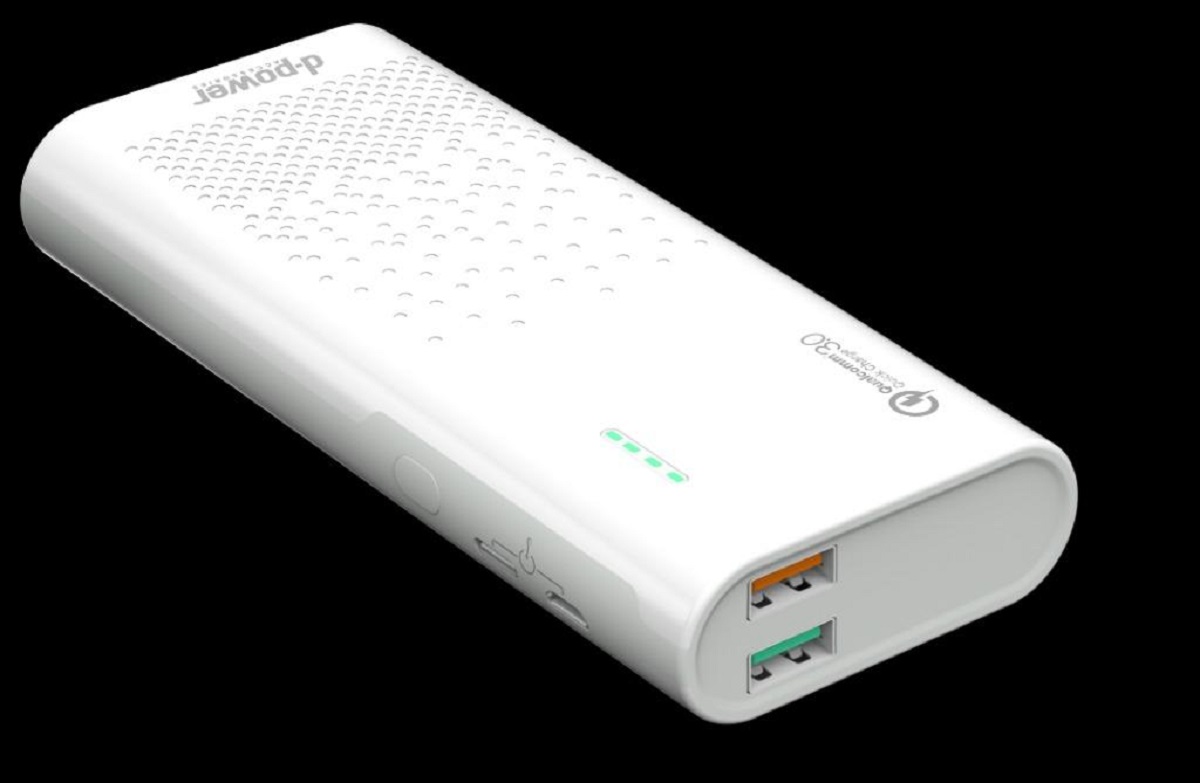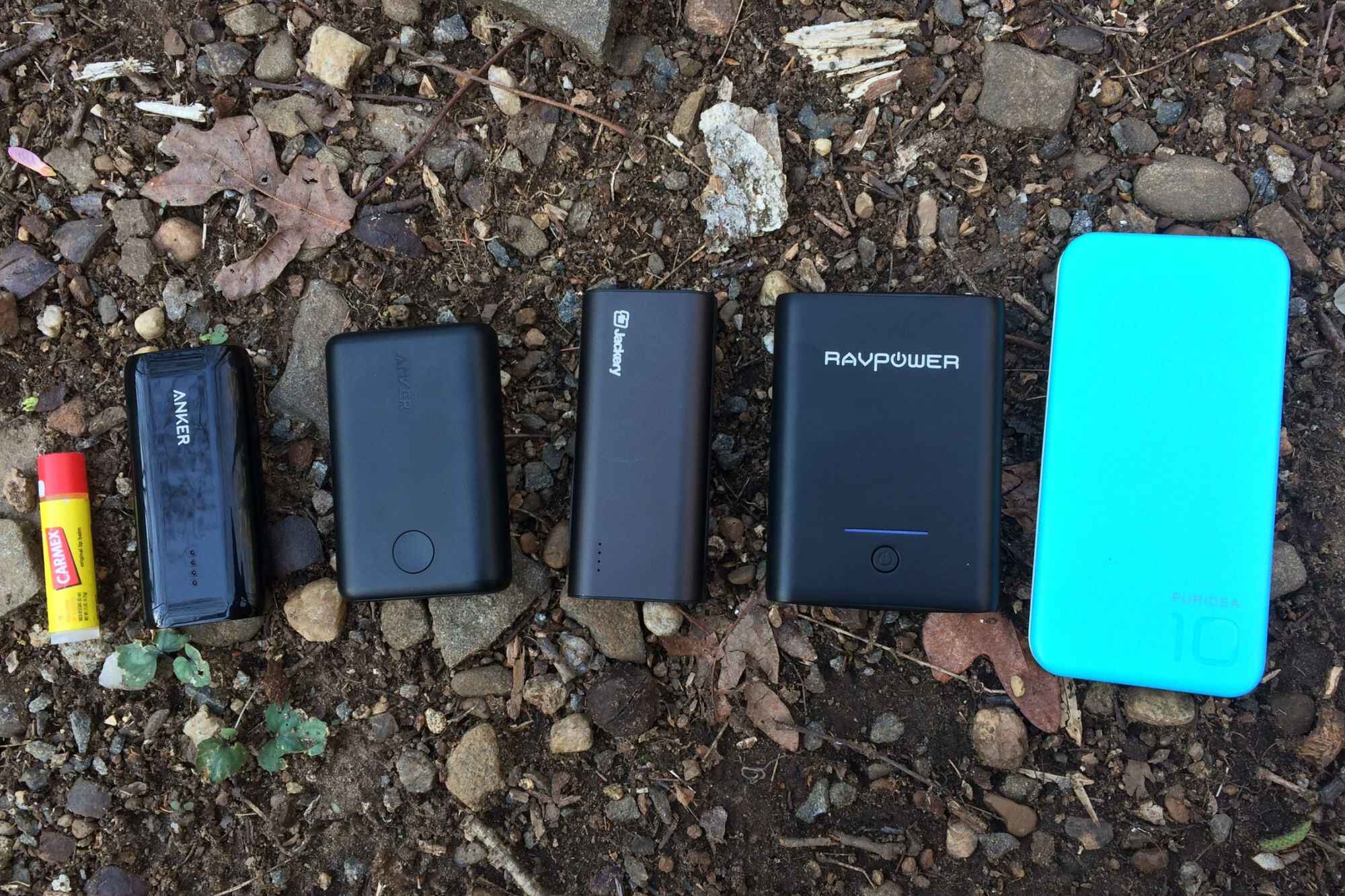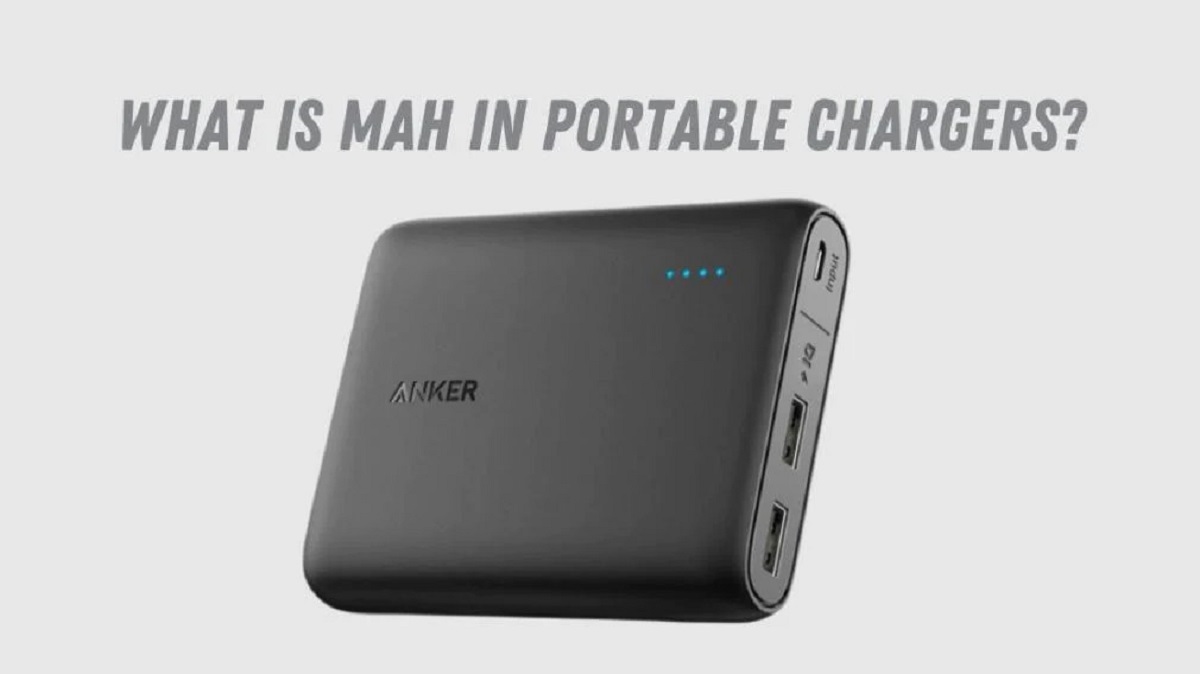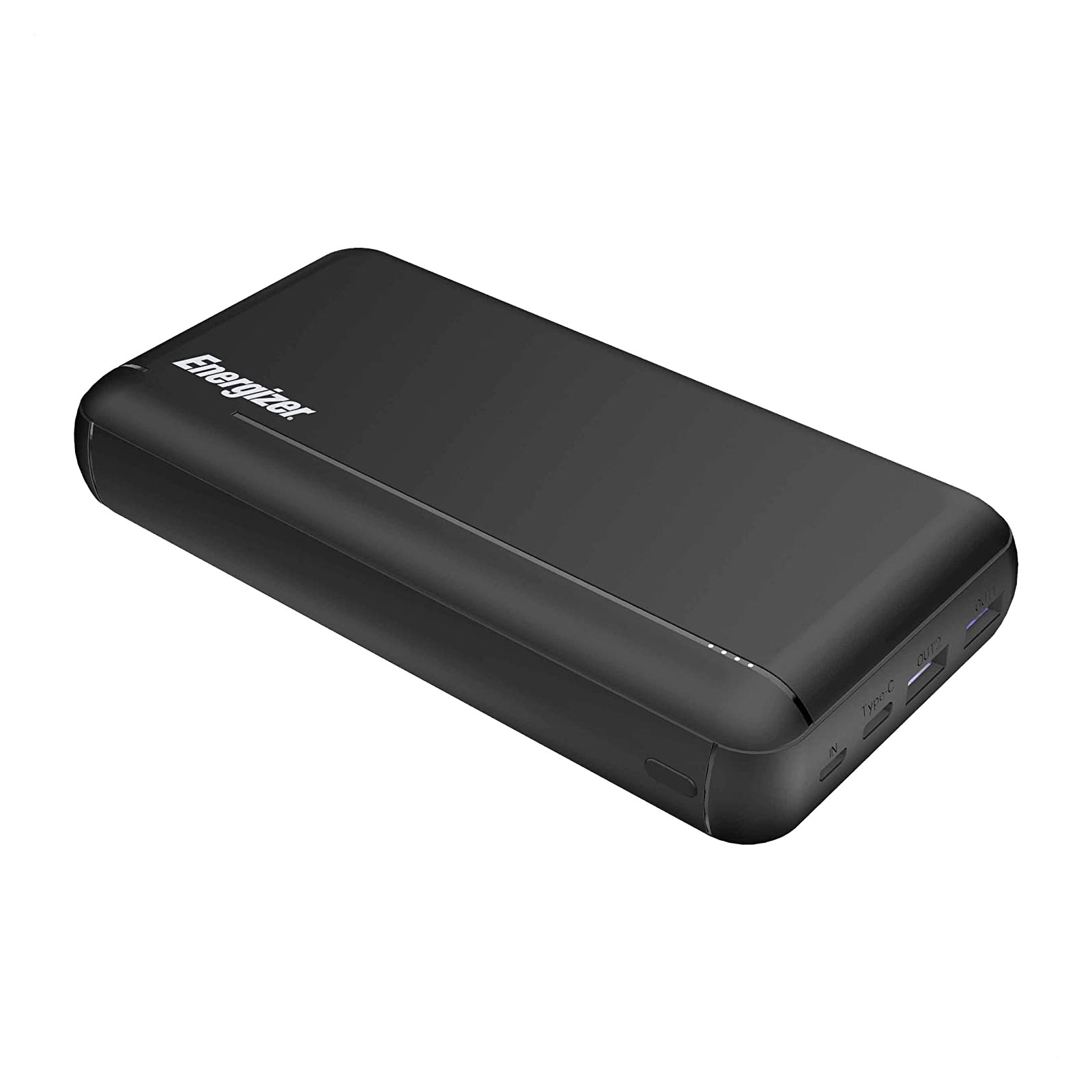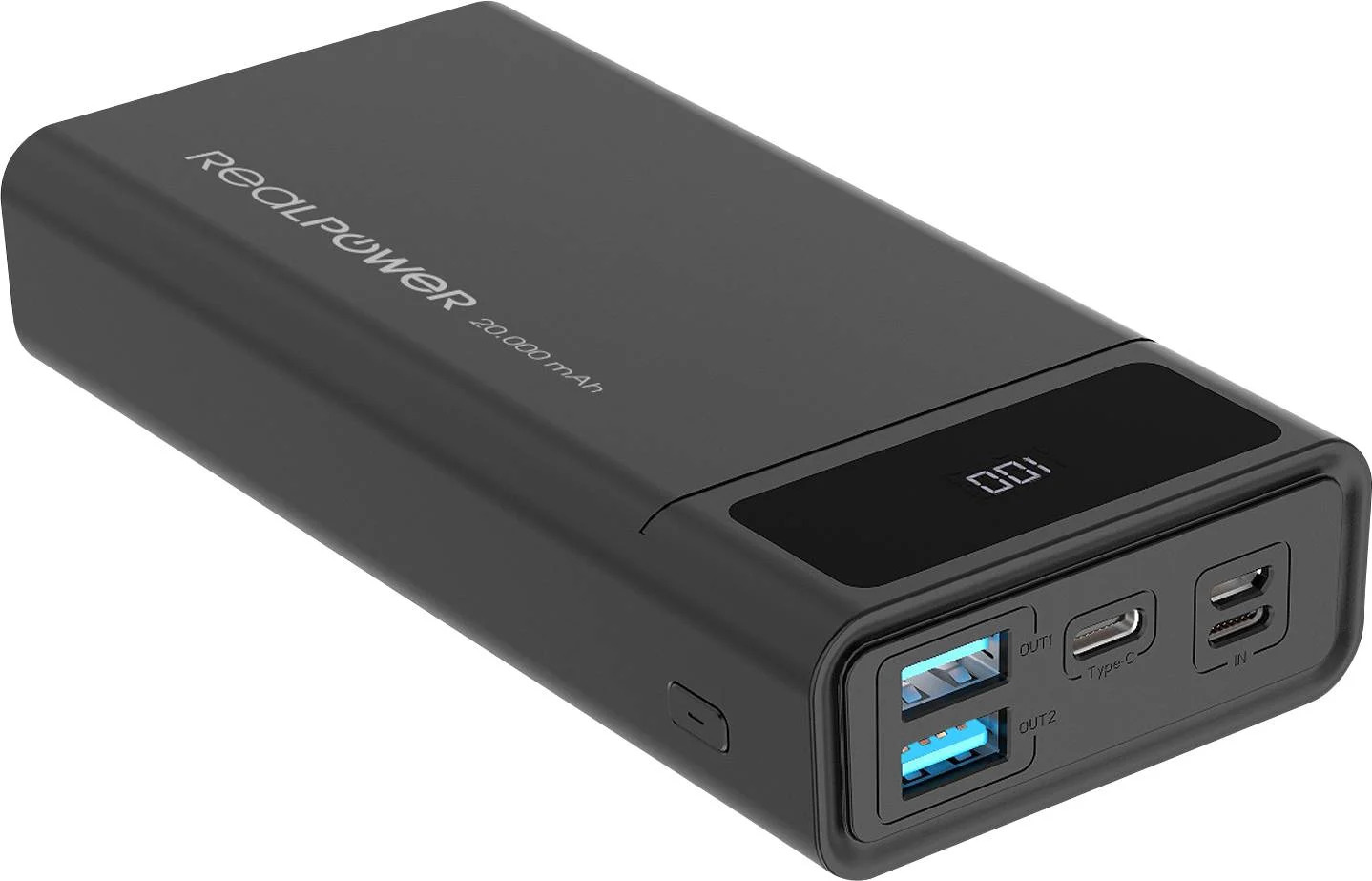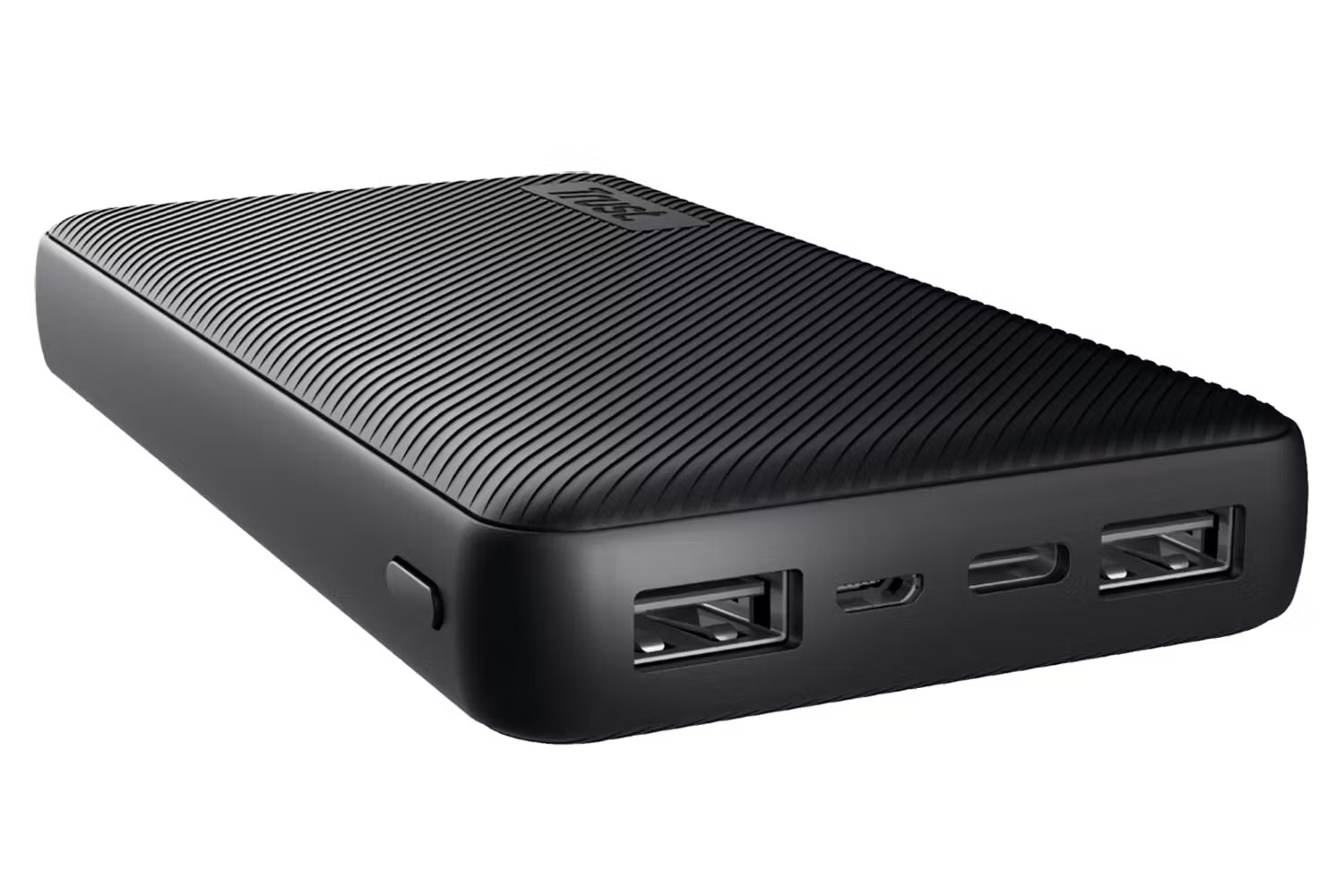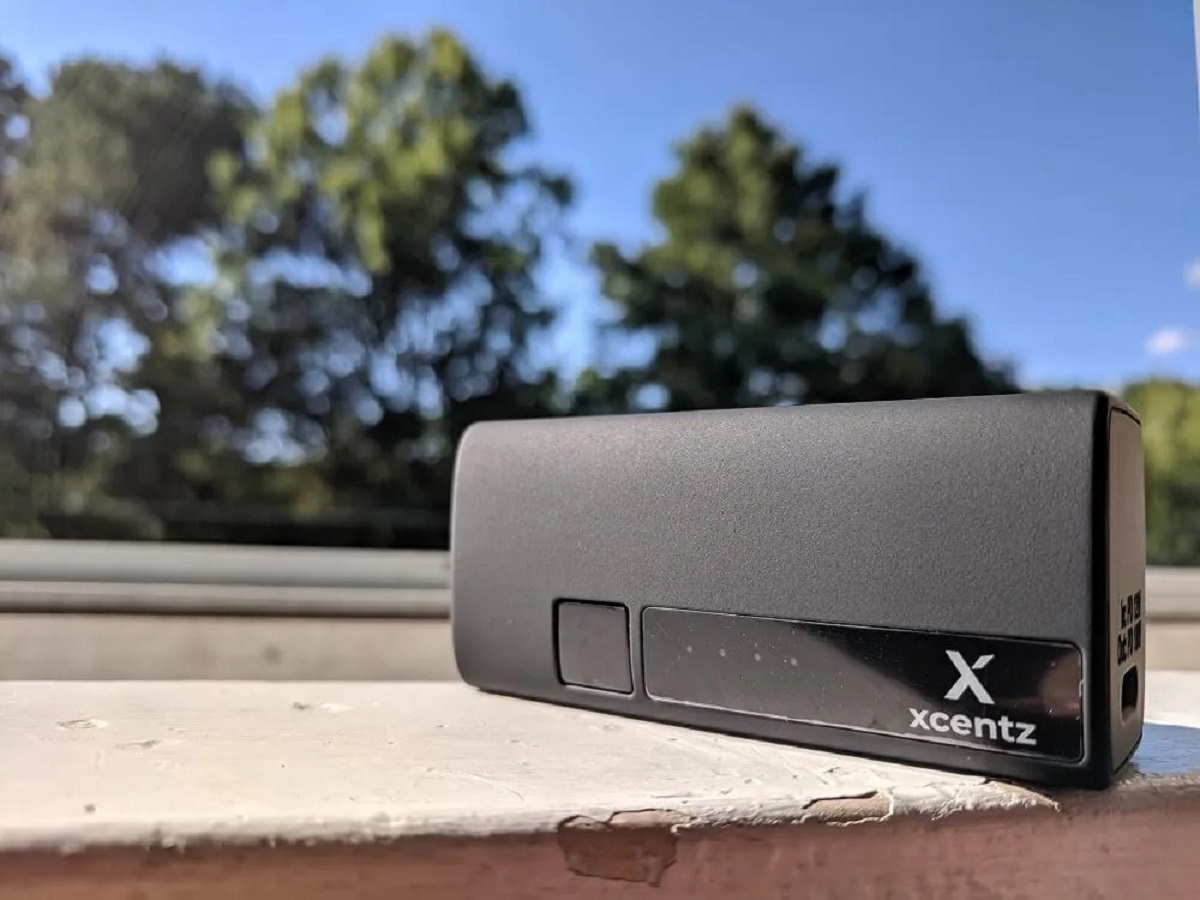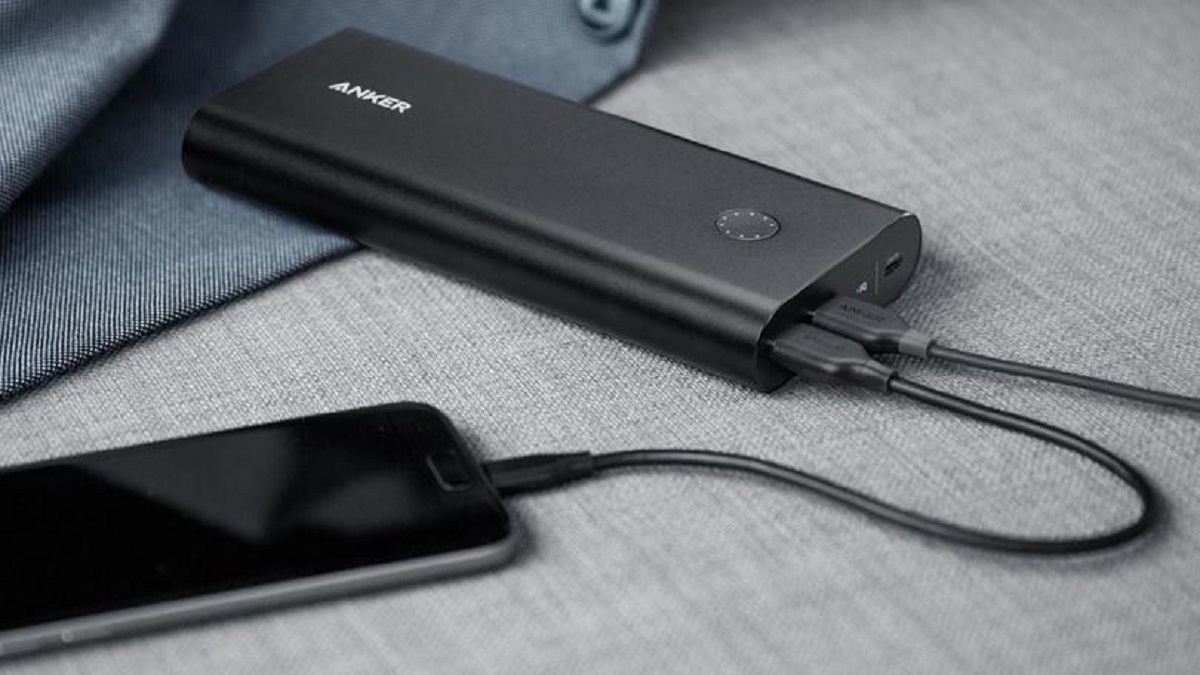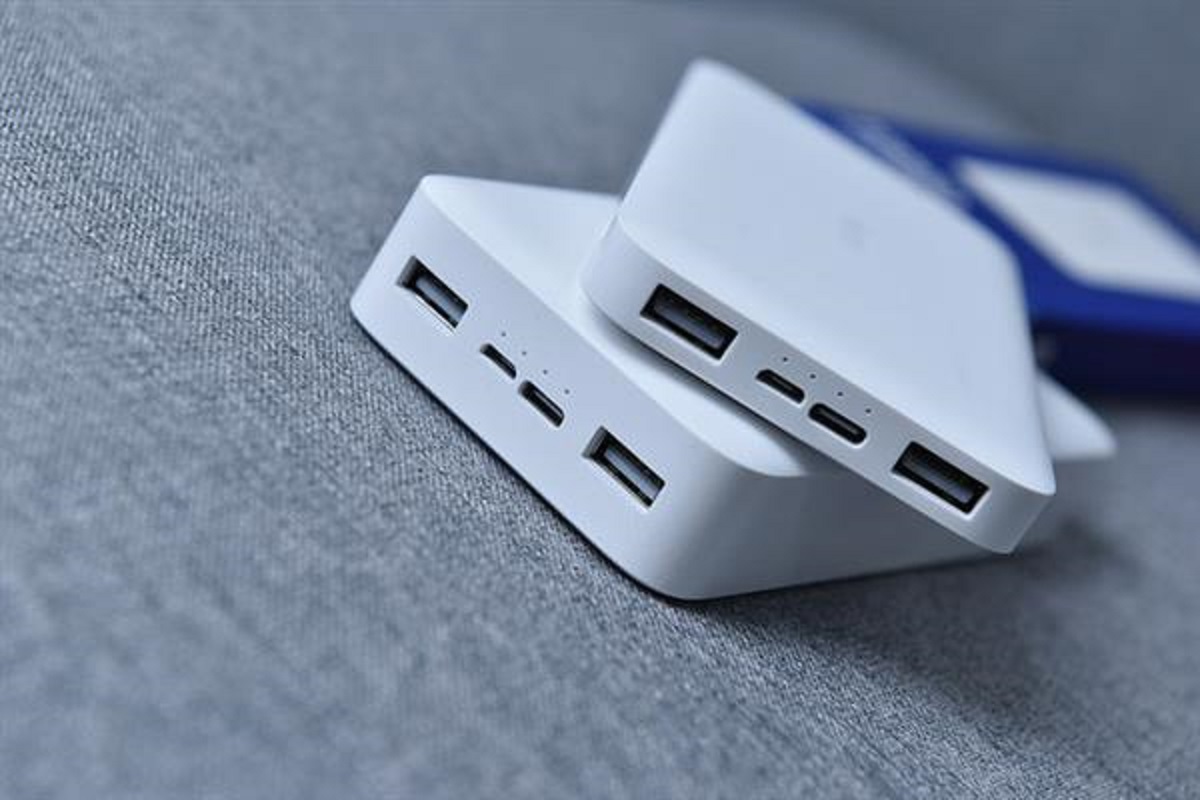Introduction
Power banks have become an essential accessory for our modern lives. They provide a convenient way to charge our devices on the go, ensuring that we are always connected. When shopping for a power bank, one of the key factors to consider is its battery capacity. The capacity is usually measured in mAh (milliampere-hour), which determines how much charge the power bank can store.
However, many users are often left wondering how many charges they can actually get from a power bank with a specific capacity, such as a 12,000 mAh power bank. This article aims to shed light on this commonly asked question and provide a practical estimation of the number of charges one can expect.
Before diving into the calculations, it’s crucial to understand the concept of battery capacity. Battery capacity refers to the amount of charge stored in the battery. In the case of power banks, it represents the total energy the power bank can deliver to our devices. It’s important to note that not all of the stored energy can be converted into usable power for charging devices due to various factors that affect power bank efficiency.
Factors such as conversion losses, internal resistance, and voltage conversions can lead to energy loss during the charging process. The efficiency of a power bank determines how much charge can be transferred to our devices. These efficiency losses can vary depending on the specific power bank model and the charging cable used.
Calculating the exact number of charges from a power bank is a complex task, but we can provide a rough estimation based on certain assumptions. In the following sections, we will break down the calculation process and consider the factors that can affect the efficiency and overall performance of a power bank.
Understanding Battery Capacity
Before we delve into calculating the number of charges a power bank can provide, it’s crucial to have a clear understanding of battery capacity and how it is measured.
Battery capacity, typically measured in milliampere-hours (mAh), refers to the amount of charge that a battery can store. A higher capacity means more charge can be stored, allowing for longer usage before needing to recharge. In the case of power banks, the capacity represents the total energy that the power bank can deliver to our devices.
It’s important to note that the stated capacity of a power bank does not necessarily translate into its actual usable capacity. This is due to various factors that can affect the efficiency of the power bank, resulting in energy loss during the charging process.
One factor that impacts power bank efficiency is conversion losses. Power banks typically convert the stored energy from their lithium-ion or lithium-polymer batteries into the appropriate voltage required for charging devices. However, this conversion process incurs some energy loss, reducing the overall efficiency of the power bank.
Another factor that affects power bank efficiency is internal resistance. As the power bank delivers energy to charge our devices, some energy is lost to internal resistance within the power bank itself. This resistance generates heat, leading to energy wastage.
Additionally, voltage conversions can also contribute to energy loss. Power banks often provide multiple output options with different voltage levels to accommodate various devices. However, converting the energy to different voltage levels results in energy loss due to the conversion process.
Understanding these factors is crucial as they directly impact the actual usable capacity of a power bank. The efficiency of a power bank can vary depending on the specific model, manufacturing quality, and even the charging cable used. It’s important to choose a high-quality power bank that offers good efficiency to ensure you get the most out of its stated capacity.
In the next section, we will explore how these efficiency factors influence the estimation of the number of charges a power bank can provide.
Calculating Power Bank Charges
When it comes to calculating the number of charges a power bank can provide, there are several factors to consider. The first step is to determine the energy capacity of the power bank in watt-hours (Wh). This conversion allows for a more accurate representation of the power bank’s capacity, as it takes into account the voltage of the battery.
To calculate the energy capacity in watt-hours, we can use the formula:
Energy Capacity (Wh) = Battery Capacity (mAh) * Battery Voltage (V) / 1000
For example, let’s consider a 12,000 mAh power bank with a battery voltage of 3.7V. Using the formula, we can calculate the energy capacity as follows:
Energy Capacity = 12,000 * 3.7 / 1000 = 44.4 Wh
Once we have the energy capacity in watt-hours, we need to determine the energy consumption of the device we are charging. This can be done by referring to the device’s specifications or estimating based on average power consumption. Let’s assume that the device we want to charge requires 10Wh of energy.
To calculate the number of charges the power bank can provide, we can use the formula:
Number of Charges = Energy Capacity (Wh) / Energy Consumption per Charge (Wh)
Using our previous example, the calculation would be:
Number of Charges = 44.4 Wh / 10 Wh = 4.44
However, it’s important to note that this calculation provides an estimation and may not be entirely accurate due to various factors that affect power bank efficiency. The efficiency of the power bank, as well as the length and quality of the charging cable used, can influence the actual usable energy and, consequently, the number of charges provided.
In the next section, we will explore these factors and how they impact the overall performance of a power bank.
Factors Affecting Power Bank Efficiency
While calculating the number of charges a power bank can provide, it’s essential to consider the various factors that can affect its efficiency. These factors play a significant role in determining the actual usable capacity and overall performance of a power bank.
One of the main factors that impact power bank efficiency is the conversion losses during the charging process. Power banks are designed to convert the stored energy from their internal batteries to the appropriate voltage required for charging devices. However, this conversion process incurs energy loss, resulting in lower efficiency. Higher-quality power banks tend to have better conversion efficiencies, minimizing energy loss during the conversion process.
The internal resistance within the power bank can also affect its efficiency. As the power bank delivers energy to charge our devices, some energy is lost due to resistance generated within the internal circuitry. This resistance not only leads to energy wastage but can also generate heat, further reducing efficiency.
Furthermore, the choice of charging cable can significantly impact power bank efficiency. Low-quality or damaged charging cables can introduce additional resistance, leading to increased energy loss. It’s important to use high-quality, certified charging cables to ensure efficient power transfer from the power bank to the device being charged.
The charging protocol of the device being charged is another factor to consider. Different devices have different charging protocols, such as Qualcomm Quick Charge or USB Power Delivery. For optimal efficiency, it’s recommended to use a power bank that supports the specific charging protocol of your device. This allows for faster and more efficient charging, resulting in better overall performance.
Temperature is yet another factor that affects power bank efficiency. Higher temperatures can lead to increased internal resistance and energy loss. It’s advisable to avoid exposing the power bank to extreme temperatures and to charge it in a cool environment to maintain optimal efficiency.
It’s important to note that the efficiency of power banks can vary between different models and manufacturers. Reading customer reviews and selecting power banks from reputable brands can help ensure better efficiency and overall performance.
In the next section, we will use our understanding of these efficiency factors to estimate the total number of charges a power bank can provide.
Estimating the Total Number of Charges
Estimating the total number of charges a power bank can provide requires taking into account the factors discussed in the previous sections. While it’s challenging to provide an exact number, we can make a rough estimation based on the available information.
First, we need to consider the energy capacity of the power bank in watt-hours (Wh). This can be calculated using the battery capacity (mAh) and voltage (V) of the power bank, as discussed earlier.
Next, we need to determine the energy consumption per charge of the device we want to charge. This can be estimated by referring to the device’s specifications or considering average power consumption.
Once we have these values, we can calculate the estimated number of charges using the formula:
Number of Charges = Energy Capacity (Wh) / Energy Consumption per Charge (Wh)
It’s important to note that this estimation may not account for the efficiency losses due to conversion, internal resistance, and other factors that affect power bank efficiency. Therefore, the actual number of charges may vary in real-world usage.
Additionally, factors such as temperature, the quality of the charging cable, and the charging protocol of the device can also impact the efficiency of the power bank and, consequently, the total number of charges.
By considering these factors and making a rough estimation, users can have a general idea of the number of charges they can expect from a power bank with a specific capacity.
It’s worth mentioning that power banks often have multiple output ports, allowing users to charge multiple devices simultaneously. In such cases, the total number of charges may vary depending on the energy consumption of the connected devices.
Ultimately, the key is to choose a reliable power bank from a reputable brand, ensuring good efficiency and overall performance. Reading customer reviews and understanding the specific features and specifications of the power bank can help in making an informed decision.
Now that we have explored the factors and calculations involved, let’s conclude the article with a summary of the key points.
Conclusion
Power banks are a convenient and essential accessory for charging our devices on the go. Understanding the factors that affect power bank efficiency and calculating the estimated number of charges can help users make informed decisions when choosing a power bank.
We learned that battery capacity, measured in milliampere-hours (mAh), represents the amount of charge a power bank can store. However, the actual usable capacity may be lower due to conversion losses, internal resistance, and voltage conversions that occur during the charging process.
By calculating the energy capacity in watt-hours (Wh) and considering the energy consumption per charge of the device, we can estimate the number of charges a power bank can provide. It’s important to keep in mind that this estimation may not account for efficiency losses and other factors that can affect the actual number of charges.
Factors such as the quality of the charging cable, power bank efficiency, charging protocol of the device, and temperature can all influence the overall performance and efficiency of the power bank. Choosing a high-quality power bank from a reputable brand can help ensure better efficiency and optimal charging performance.
In conclusion, while it’s difficult to provide an exact number of charges for a power bank due to varying factors, users can make a rough estimation based on the available information. By considering the capacity, energy consumption, and efficiency of the power bank, users can have a general idea of the number of charges they can expect.
When selecting a power bank, it’s important to keep these factors in mind and choose a power bank that suits your specific charging needs. Doing so will ensure that you have a reliable and efficient power bank that keeps you connected wherever you go.







